20. The Ancient Celtic Festival of Samhain
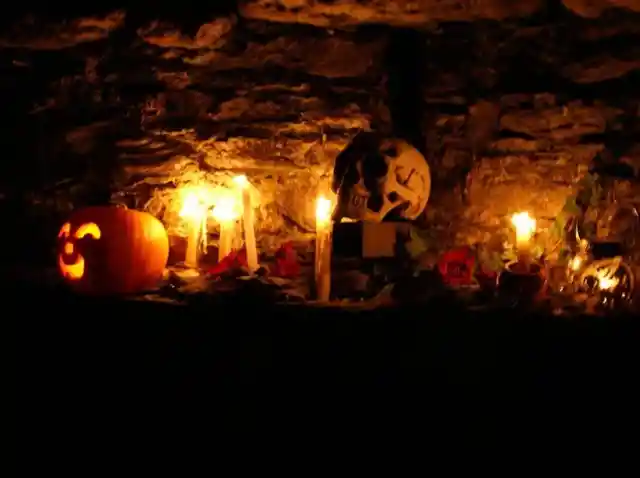
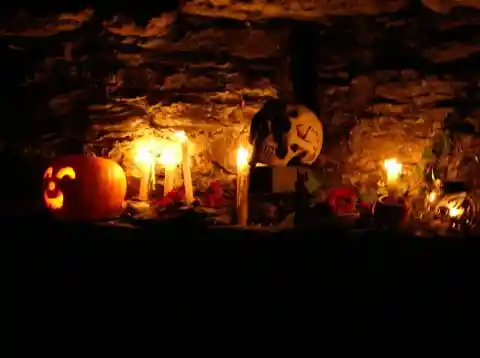
Pronounced Sow-in, the ancient Celtic festival took place 2000 years ago, in Ireland, UK and north France. On November 1, their new year began, and it marked the end of summer and the harvest. Celts would now welcome the dark, cold winter, which was associated with human death.
Their belief was that on the night before their new year, the veil between our world and the death was so thin that ghosts of the dead would return to earth.
19. October 31


This is why Celts celebrated Samhain the day before their new year, which took place on October 31. The presents of the spirits caused trouble and damaged their crops, but Celts priests also took the opportunity to learn about the future. Their prophecies comforted them through the cold weather.
18. Celebrating Samhain
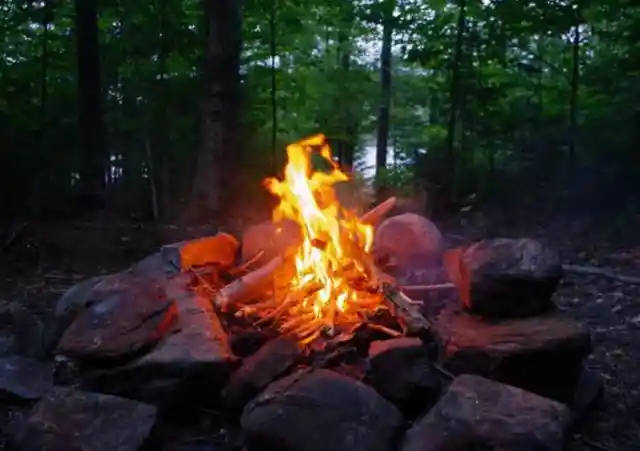
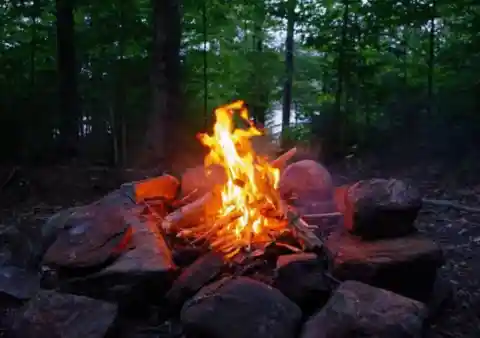
Druids built huge sacred bonfires where people would come and burn crops and animals as sacrifice to their gods. Celts were dressed in costumes, wearing animal skins and heads.
Today, people light candles instead of the large bonfires, to help guide souls back into the afterlife.
As years passed, the Roman Empire conquered a great part of the Celtic territory. In 400 years, they combined Roman festivals with the traditional Smahain.
17. Feralia and Pomona
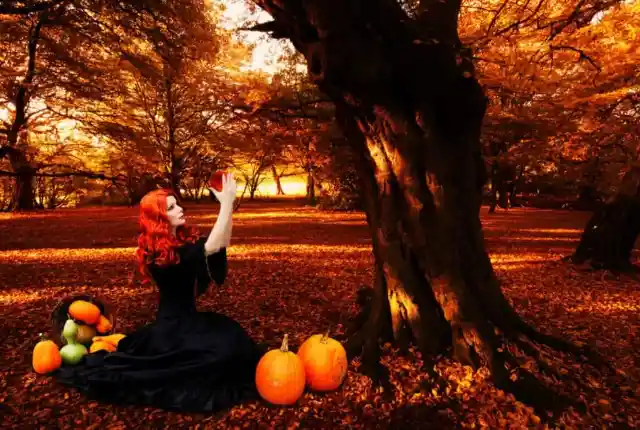
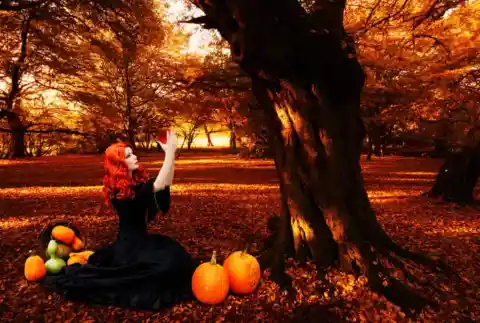
Romans celebrated Feralia at the end of October to commemorate the passing of the ones that departed. They also honored the Roman goddess of fruit and trees, and her symbol was the apple. The two Roman festivals were celebrated along with Samhain.
Then, in 609 A.D, Christians stepped in…
16. All Saints’ Day

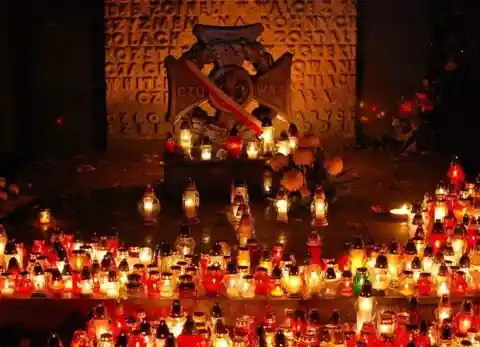
Pope Boniface IV turned the Pantheon into a place of honoring Christians martyrs, establishing the All Martyrs Day feast, expanding it to All Saints Day that took place on November 1.
Christianity spread into the Celtic lands and borrowed on some Celtic rites. In 1000 A.D, the church started honoring the dead on November 2, called All Soul’s Day. The church was trying to replace Samhain with a holiday that would be on their liking. Nonetheless, most of the pagan traditions were kept.
15. Parades and Costumes

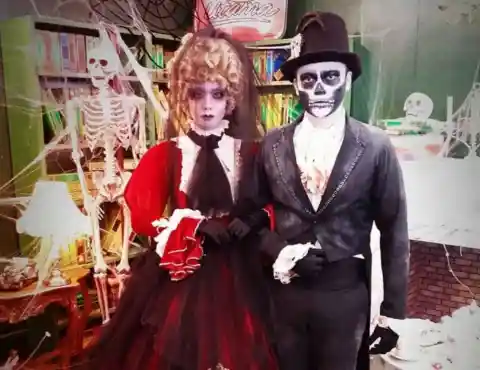
All Souls’ Day was similar to Samhain, were people dressed up as saints, angels and devils. They paraded and gathered around large bonfires. The festival was called All-hallows or All-hallowmas – where “Alholowmesse” means All Saints’ Day in Middle English. The night before it was called All-Hallows Eve, which is how Halloween got its name.
Let’s see how Halloween was born in America.
14. Celebrating Halloween in America
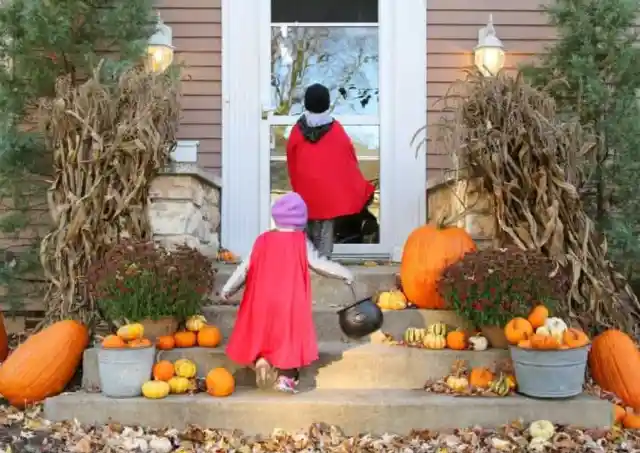

The first celebrations in America would consist of public events where the harvest was celebrated. Neighbors would meet and share stories of the dead, dance, sing and have their fortune told.
Colonials also liked making mischief and tell ghost stories.
What about Jack-O’-Lanterns, black cats, bats and all the current traditions? We’ve got you covered!
13. Jack-O’-Lanterns

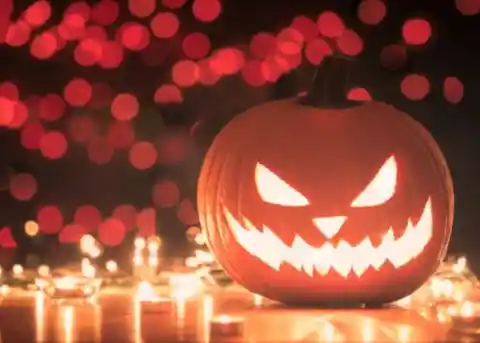
The first carving of turnips and not pumpkins originates from Ireland. There was a legend of a man called Stingy Jack who trapped the Devil and said he’ll let him go if he never went to Hell. However, jack died and Heaven didn’t want to take his soul, so he had to wander the Earth in the form of a spirit. The Devin gave Jack a piece of burning coal in a carved out turnip to help guide the spirit’s way. That’s why locals began carving spooky faces into turnips to scare all evil spirits away!
12. Seeing Ghosts on Halloween?

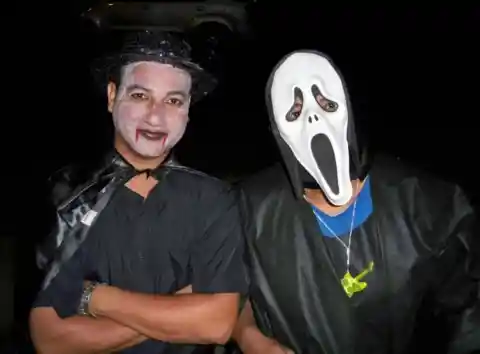
Back to Samhain, Celtic people would see spirits walk the Earth during their festival. Later on, on All Souls Day (November 2), Christian missionaries said that it’s the time when the dead walk among the living in that time of the year.
11. Trick-or-Treating on Samhain
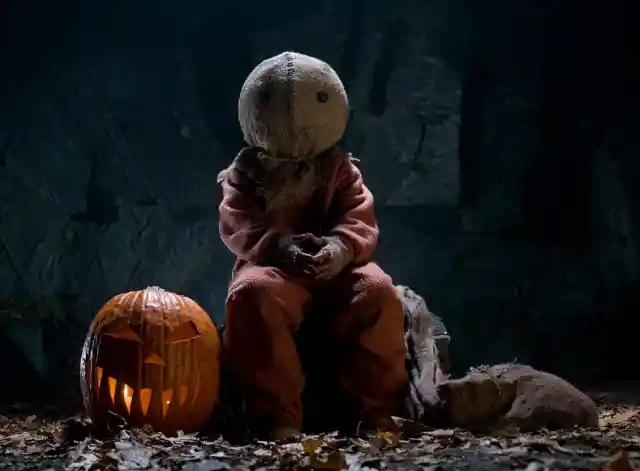
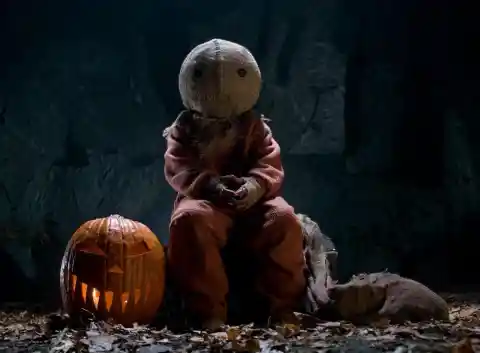
If you were wondering on the origins of trick-or-treating, a theory has that Celtic people would leave food outside their homes to the souls and spirits that were out and about that night. Later on, people started to get dressed as spirits to receive food and drink.
10. Trick-or-Treating, In Scotland
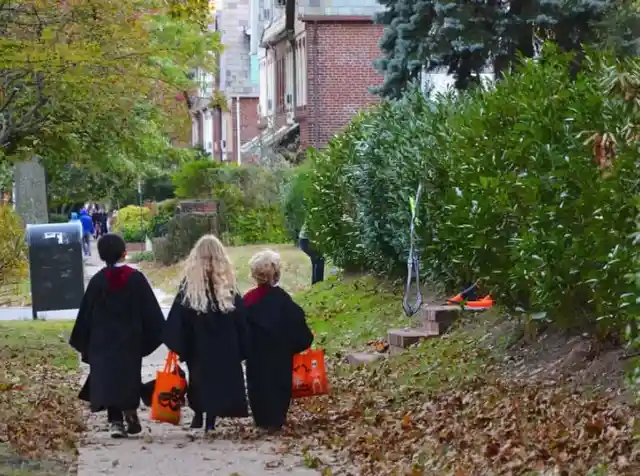
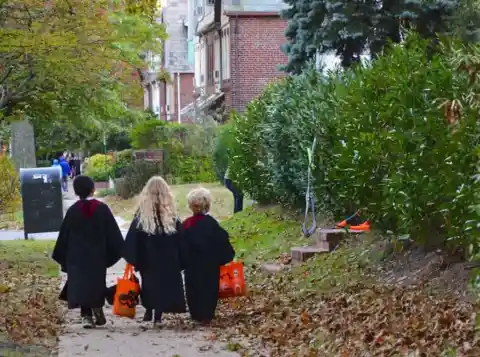
Another theory about trick-or-treating is that in the Middle Ages, guising Scottish people – poor children and adults, would go to local homes and receive food or money. In return, they said prayers for the dead on All Souls’ Day. Later, guisers replaced prayers with jokes, songs or “tricks.”
9. Going Trick-or-Treating in America

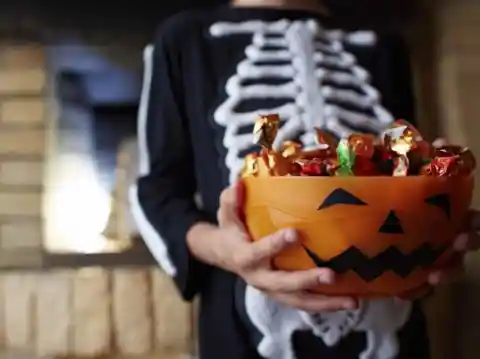
Americans borrowed the traditions from Europe and they started getting dressed in costumes, and visited houses, asking for food or money. It’s today’s “trick-or-treat” tradition.
Another theory comes from the German-American communities’ tradition called belsnickling. Children used to dress up and go to their neighbors asking if they could identify them. If not, the kids would receive food or treats!
8. Black Cats and Superstitions
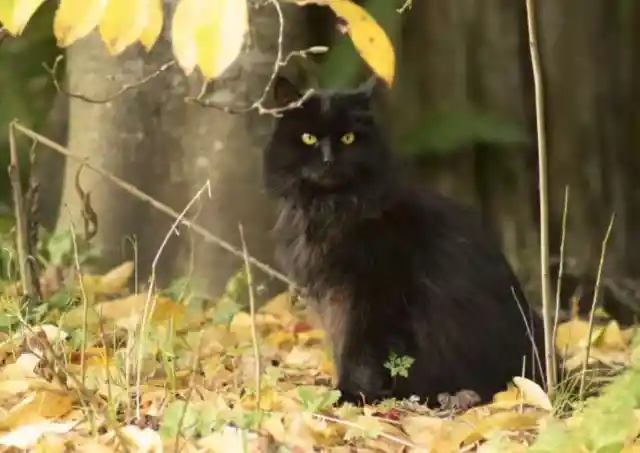
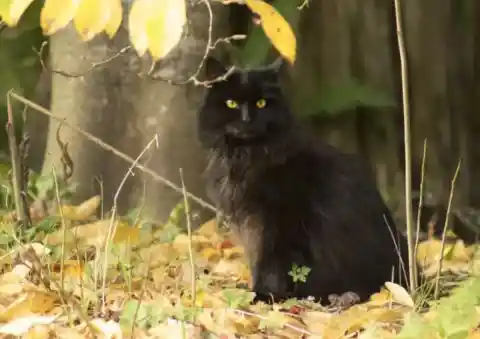
Considering Halloween is a holiday filled with superstitions and mystery, we also have the black cats that are a symbol of the devil. At least, that’s what people from the Middle Ages thought! Centuries later, witches were found to have black cats as a pet, and people thought they assisted them to perform dark magic. It’s now obvious why black cats are extra scary during Halloween. We love them, though!
7. Do You Like Bobbing for Apples?
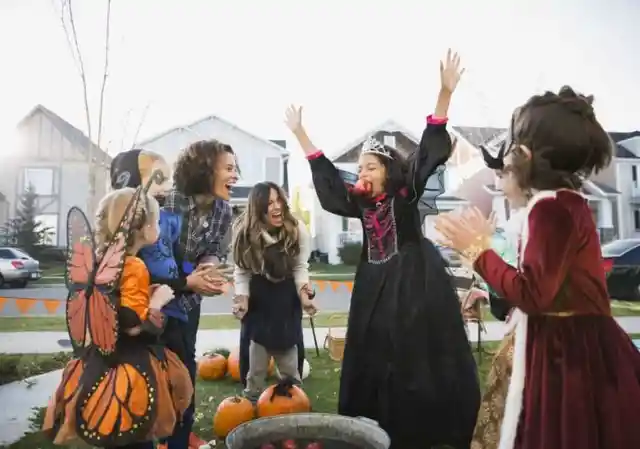

Then, you’re secretly celebrating the Roman festival Pomona and their goddess of agriculture and abundance! It was believed back then that bobbing for apples would help young men and women learn more about their future relationships.
6. Pranks on Halloween
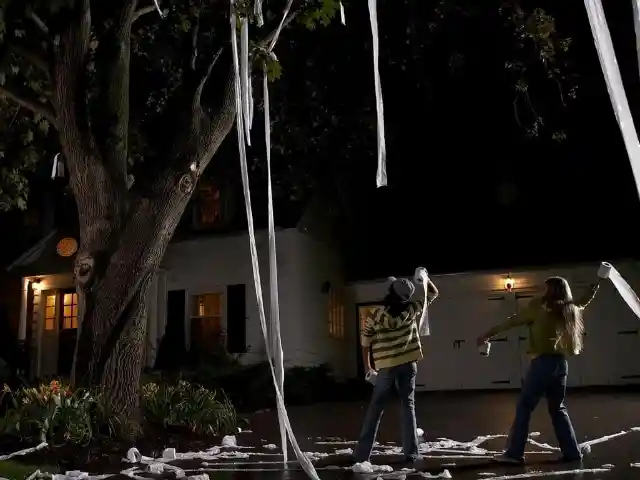
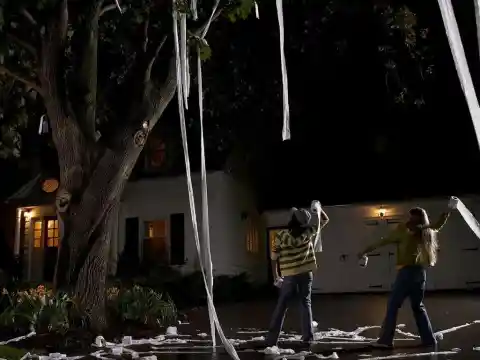
Samhain also included some mischief, which was later on brought to America by Scottish and Irish immigrants. This is why Mischief Night is now part of the Halloween.
5. Candy Apples

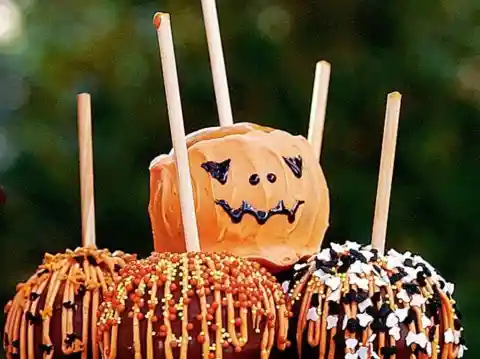
The first mention of this sugary treat is in the 1950s, but since we’re talking about Pomona’s symbol, it again has its origin in the Roman festival of Pomona.
4. Bats on Halloween
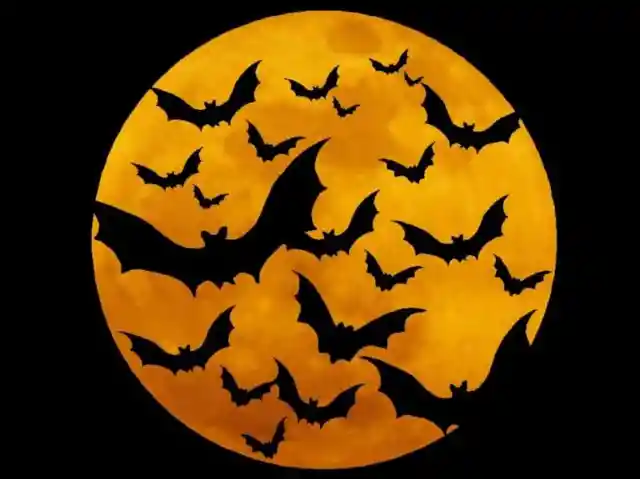
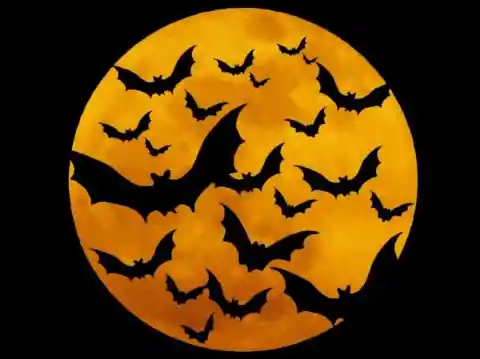
On Samhain, when Celts would light fires, bats were attracted by the insects that gathered around the light. In the Middle Ages, people believed that bats were the harbingers of death, so that’s why we have spooky bats on Halloween.
3. Candy Getting more Popular
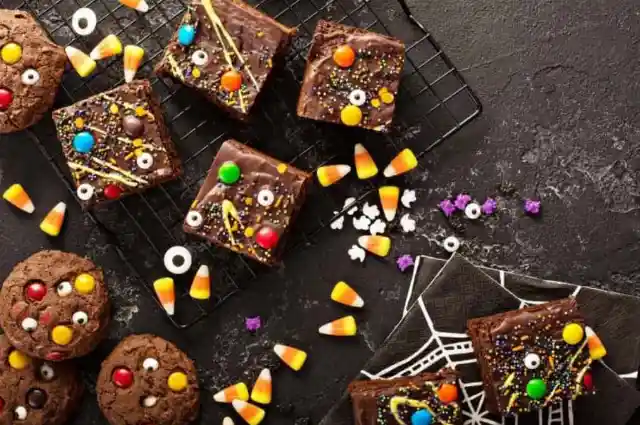
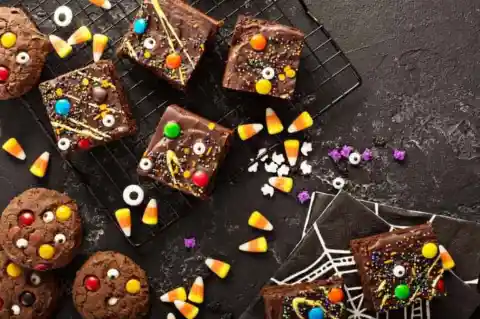
Until the middle of the 20th century, children didn’t necessarily receive candy when they went trick-or-treating. They received toys, coins, fruit or nuts. In the 1950s, candy companies rose to power with wrapped confections that were later received with enthusiast by parents that feared about their kids safety when receiving unwrapped food.
2. Candy Corn on Halloween
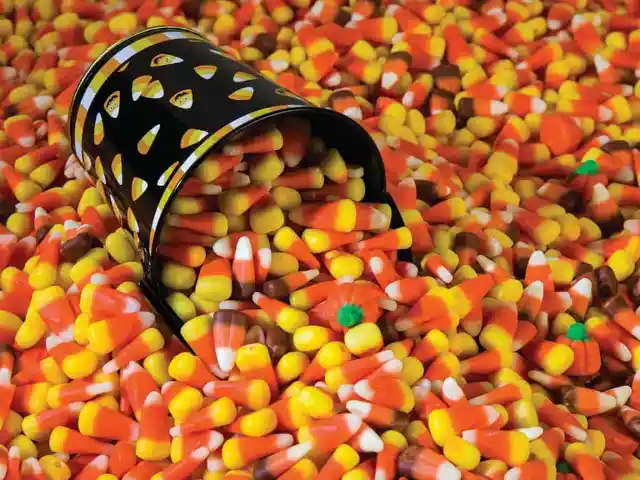
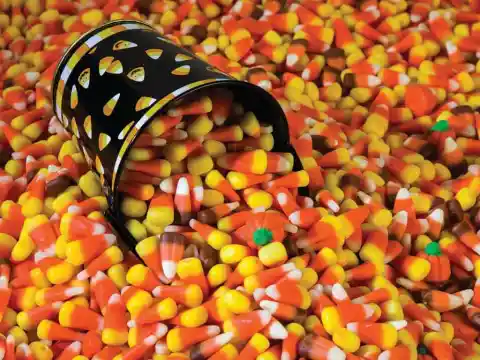
A candy maker at the Wunderlee Candy Company is said to have invented this candy in the 1880s, and was later on sold by another company in 1898, under the name Chicken Feed. Its selling slogan was “Something worth crowing for.” The candy was popular during autumn, when corn was harvested. In the 1950s, it became must have during Halloween.
1. Scary Costumes and Black and Orange
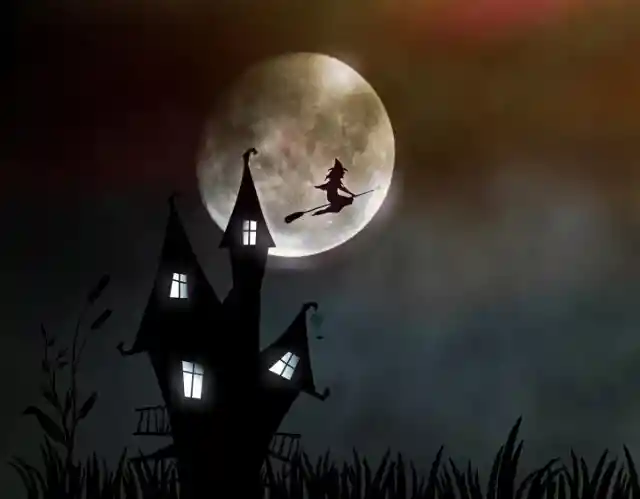
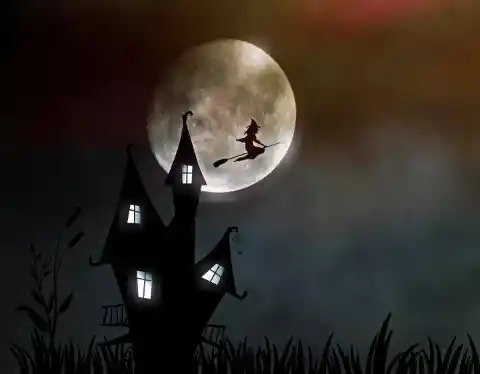
During Samhain, Celts disguised themselves as spirits to fool ghosts and be left alone. As for the classic Halloween colors – orange and black, they also origin back to Samhain. Black symbolized death of summer and orange was for the autumn harvest.